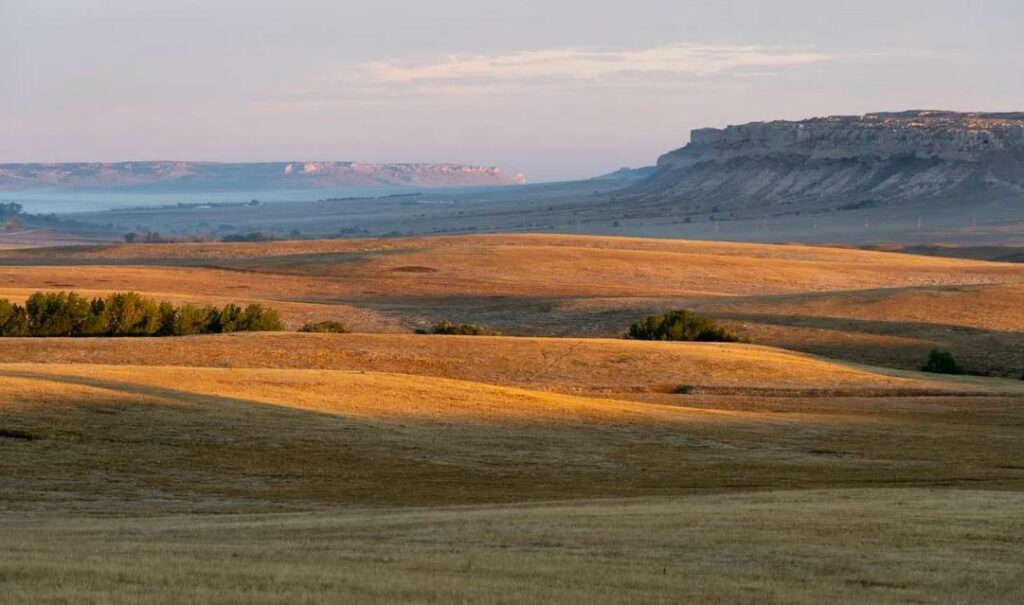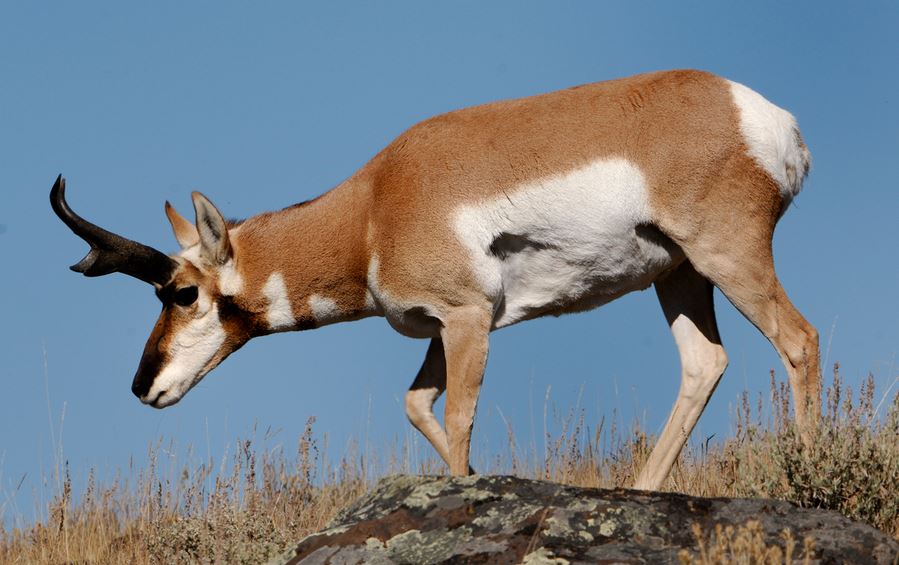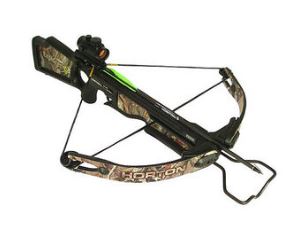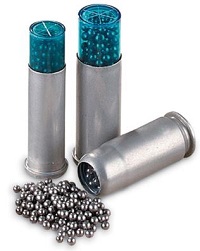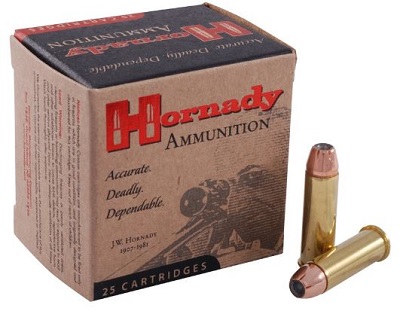I was chatting to a close and dear friend, who told me of the death of one of her closest friends.
Apparently this guy had been a surgeon, who’d retired when he could no longer do it. Since then, he’d devoted himself to doing what he loved: fishing and hunting wild boar in Europe.
Seems as though he’d been doing the latter fun stuff in the Lower Pyrenees, an area renowned for its matchless rural scenery: high cliffs, deep ravines, sparkling streams of ice-cold water, you get the picture.
Anyway, he’d just shot a huge boar and using his cell phone, called his friends over on the next ridge to tell them this, but added that he wasn’t feeling too well. When his friends finally got there, they found him sprawled next to the boar, dead of a massive and unforeseen heart attack. He was in his mid-seventies.
Of course, my friend was all torn up over this death of a good friend, but let’s just think about this for a moment.
After a long, successful life, a man dies amidst gorgeous scenery, doing something he loved, something very manly withal — having just dispatched a massive, dangerous boar — and his own death was likewise quick and probably reasonably painless.
Is there anyone reading this who isn’t the teeniest bit envious of Our Aged, Intrepid Hunter?

